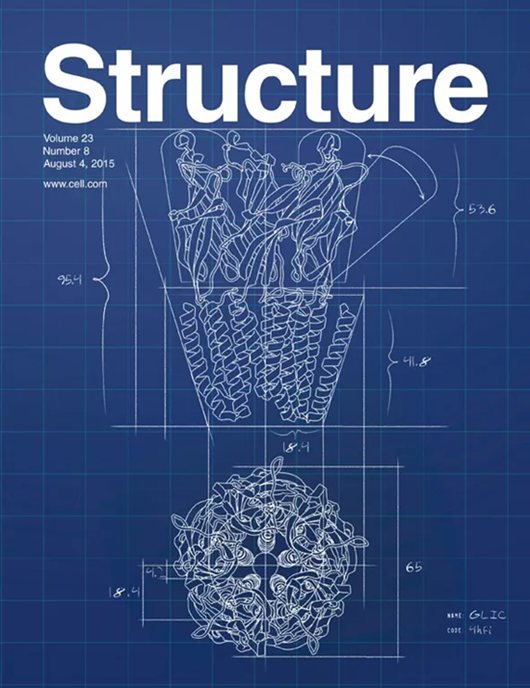RQC2 is a major player in peptide release from stalled ribosomes
IF 4.4
2区 生物学
Q2 BIOCHEMISTRY & MOLECULAR BIOLOGY
引用次数: 0
Abstract
Eukaryotic cells prevent the accumulation of potentially toxic aberrant polypeptides and maintain ribosome availability through surveillance and clearance mechanisms, including the evolutionarily conserved ribosome-associated quality control complex (RQC). RQC pathways have been widely investigated, with the identification of several factors ANKZF1/Vms1p, Ptrh1, and Arb1p involved in release/cleavage of the peptide-tRNA from 60S subunits. We aimed here to identify the genes involved in peptide release from stalled ribosomes. Using a genetic screen, we identified a mutant allele of RQC2 as involved in this process. We present the cryoelectron microscopy (cryo-EM) structure of RQC, which reveals how the F340I mutation affects mutant binding. This altered binding, in turn, disrupts the A-site’s ability to bind the tRNA in the presence of Ltn1. These data account for the limitation of C-terminal alanine and threonine (CAT) tailing by the F340I mutation and suggest a model explaining the role of the Rqc2 protein in peptide release.

RQC2是停止核糖体释放肽的主要参与者
真核细胞通过监视和清除机制,包括进化上保守的核糖体相关质量控制复合体(RQC),防止潜在毒性异常多肽的积累,并维持核糖体的可用性。RQC途径已被广泛研究,确定了几个因子ANKZF1/Vms1p, Ptrh1和Arb1p参与肽- trna从60S亚基的释放/切割。我们的目的是在这里确定基因参与肽释放从停滞核糖体。通过基因筛选,我们发现RQC2的一个突变等位基因参与了这一过程。我们展示了RQC的冷冻电镜(cryo-EM)结构,揭示了F340I突变如何影响突变体结合。这种改变的结合反过来又破坏了a位点在Ltn1存在时结合tRNA的能力。这些数据解释了F340I突变对c端丙氨酸和苏氨酸(CAT)尾尾的限制,并提出了一个解释Rqc2蛋白在肽释放中的作用的模型。
本文章由计算机程序翻译,如有差异,请以英文原文为准。
求助全文
约1分钟内获得全文
求助全文
来源期刊

Structure
生物-生化与分子生物学
CiteScore
8.90
自引率
1.80%
发文量
155
审稿时长
3-8 weeks
期刊介绍:
Structure aims to publish papers of exceptional interest in the field of structural biology. The journal strives to be essential reading for structural biologists, as well as biologists and biochemists that are interested in macromolecular structure and function. Structure strongly encourages the submission of manuscripts that present structural and molecular insights into biological function and mechanism. Other reports that address fundamental questions in structural biology, such as structure-based examinations of protein evolution, folding, and/or design, will also be considered. We will consider the application of any method, experimental or computational, at high or low resolution, to conduct structural investigations, as long as the method is appropriate for the biological, functional, and mechanistic question(s) being addressed. Likewise, reports describing single-molecule analysis of biological mechanisms are welcome.
In general, the editors encourage submission of experimental structural studies that are enriched by an analysis of structure-activity relationships and will not consider studies that solely report structural information unless the structure or analysis is of exceptional and broad interest. Studies reporting only homology models, de novo models, or molecular dynamics simulations are also discouraged unless the models are informed by or validated by novel experimental data; rationalization of a large body of existing experimental evidence and making testable predictions based on a model or simulation is often not considered sufficient.
 求助内容:
求助内容: 应助结果提醒方式:
应助结果提醒方式:


